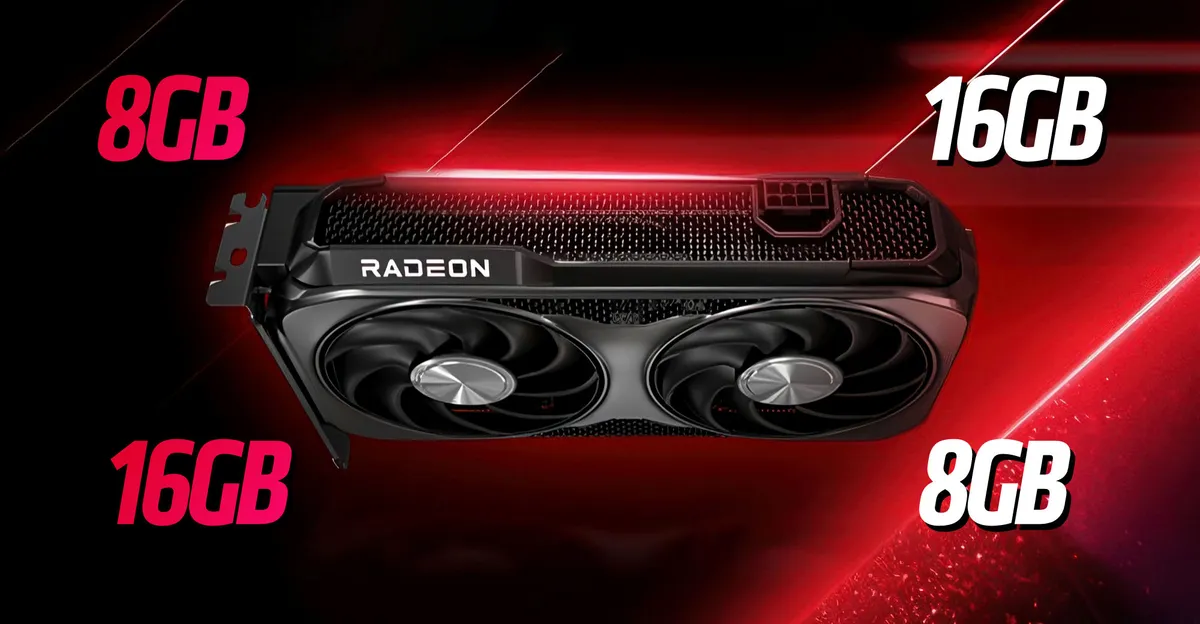
In a recent statement, AMD emphasized that they would not produce 8GB graphics cards if there wasn't a significant demand for them. This assertion comes in light of the Radeon RX 480, which debuted nearly nine years ago with 8GB of memory priced at $229. Surprisingly, as we approach a decade since its launch, the 8GB models have not only remained prevalent but have also seen an increase in price.
The latest addition to AMD's lineup, the Radeon RX 9060 XT, is priced at $299 for the 8GB version, while the 16GB variant is available for $349. Although the 16GB model appears to offer a good value for gamers seeking more memory, AMD is already facing backlash for its confusing naming conventions. This situation mirrors that of NVIDIA’s RTX 5060 Ti, which also features both 8GB and 16GB configurations.
Frank Azor, AMD’s Chief Architect of Gaming Solutions, has come forward to defend the company's decision to continue producing 8GB models. He argues that most gamers still predominantly play at 1080p resolution and typically do not require more than 8GB of VRAM. Azor insists that AMD would not have launched such a card without a clear market demand, highlighting that their strategy is rooted in actual gaming needs. However, many reviewers express skepticism, particularly as the memory requirements for modern games continue to escalate.
The primary concern surrounding AMD’s new offering is not merely the memory size, but the inconsistency in naming that can mislead consumers. Critics argue that labeling both the 8GB and 16GB models under the same RX 9060 XT name is unjustifiable. Given that AMD has a history of launching numerous SKU variations, they could have streamlined the naming process by simply branding the 8GB card as the RX 9060. This would have reduced confusion, especially now when there are only a few models in the RX 9000 lineup.
The same criticisms apply to NVIDIA’s RTX 5060 Ti. Reviewers received only the 16GB model, which could mislead potential buyers into assuming that the performance of the 8GB variant is on par, despite possible differences in real-world gaming performance due to memory constraints. In contrast, AMD has priced their card more competitively and has not limited the PCIe 5.0 interface to 8 lanes, which could contribute to lower performance in certain scenarios for the RTX 5060 Ti.
As the market evolves, all eyes will be on AMD around June 5 to see if their claims about the necessity of 8GB graphics cards hold true. Frank Azor has had a history of making controversial statements, such as mocking rumors about a 32 GB RDNA4 GPU while a variant was launched at Computex under the Radeon PRO AI branding. Furthermore, his comments regarding collaboration with partners to enhance the availability of MSRP models have yet to yield tangible results following the release of the RX 9070 over two months ago.